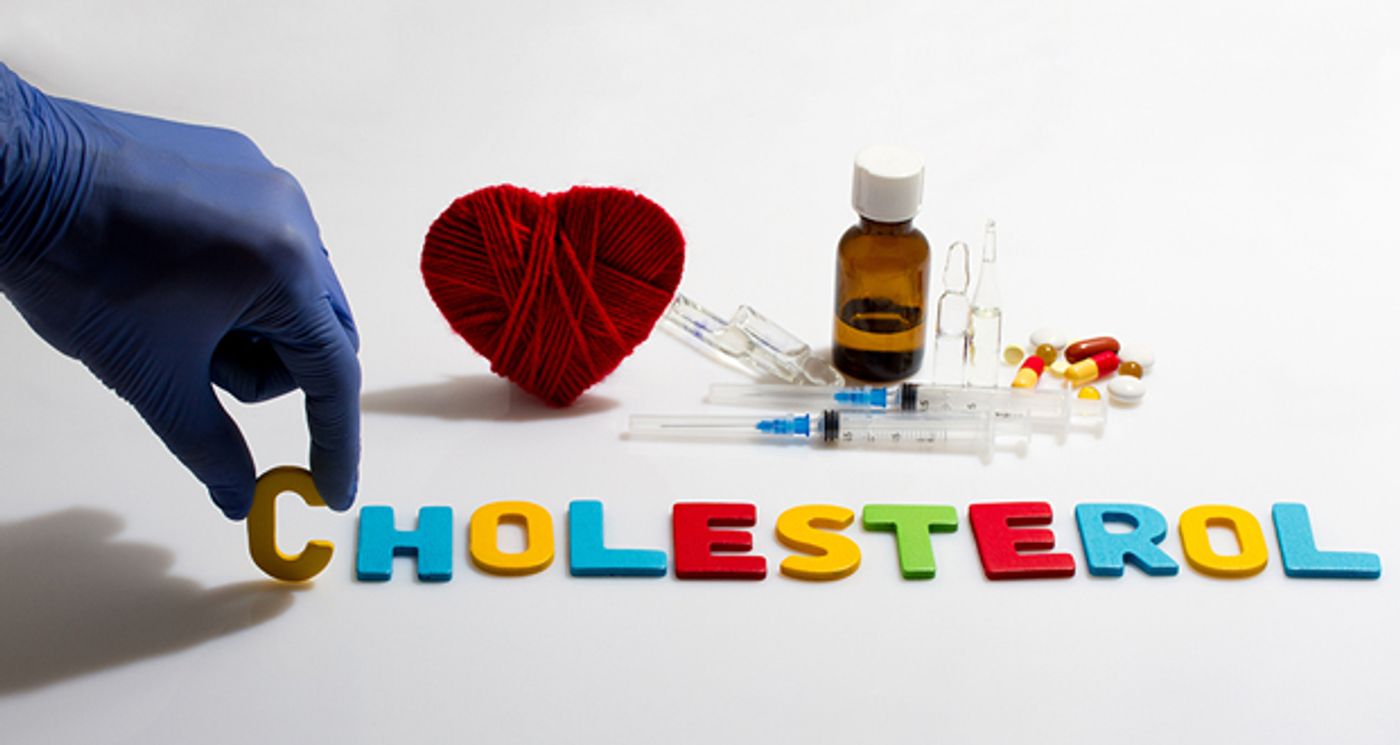Statins decrease risk of S. aureus bacteremia
Statins are widely used to help treat cardiovascular disease - they work by inhibiting the production of cholesterol. New research indicates that statins may do more than that. Researchers in Denmark, led by study author Jesper Smit, found that statin use may decrease the risk of contracting S. aureus bacteremia.
Image: thetruthaboutcancer.com
Previous studies have examined the antimicrobial effects of statins, but the mechanism of action is not clear. In a commentary on Smit’s article, Daniel C. DeSimone and Christopher V. DeSimone note that statins may exert their antimicrobial effects in a number of ways - they may inhibit host cell invasion by bacteria or they may prevent biofilm formation. Interestingly, statins are not only effective against S. aureus, but they are also effective against multidrug-resistant Enterococcus, Acinetobacter baumannii, and Enterobacter aerogenes.
To pin down a connection between statin use and S. aureus infection, Smit and colleagues used population-based medical registries in Denmark to study patients with first-time community-acquired S. aureus bacteremia (CA-SAB) and their matched controls. The study was conducted between January of 2000 and December of 2011 and covered a catchment population of some 1.8 million people!
The group identified just over 2,600 people (over the age of 15) with first-time CA-SAB and determined whether these individuals took statins or had confounding health issues. Fourteen percent of the people with CA-SAB used statins, and 12.2% of the controls used them; simvastatin was the most widely used statin, followed by atorvastatin. Not too surprisingly, people with CA-SAB also had other comorbidities, including peripheral artery disease, chronic heart failure, diabetes, and cancer.
In terms of statin use and the risk for CA-SAB, current statin users had an overall risk score (OR) of 0.73, compared to an OR of 1.00 for nonusers. Interestingly, the risk of CA-SAB decreased as the statin dose increased; people who took less than 20 mg of statins per day had an OR of 0.84, while taking greater than 40 mg per day decreased the OR to 0.63. Finally, the statin-dependent decrease in risk for CA-SAB was greatest in people with chronic kidney disease or diabetes.
According to Smit, “our results indicate that statins may have an important place in the prevention of bloodstream infection caused by S. aureus, which would hold important clinical and public health implications. Nevertheless, our observations warrant confirmation in other settings, and the biological mechanisms by which statin treatment may protect against this type of infection should be explored further.”
Sources: Mayo Clinic Proceedings (Sogaard), Mayo Clinic Proceedings (DeSimone), EurekAlert









